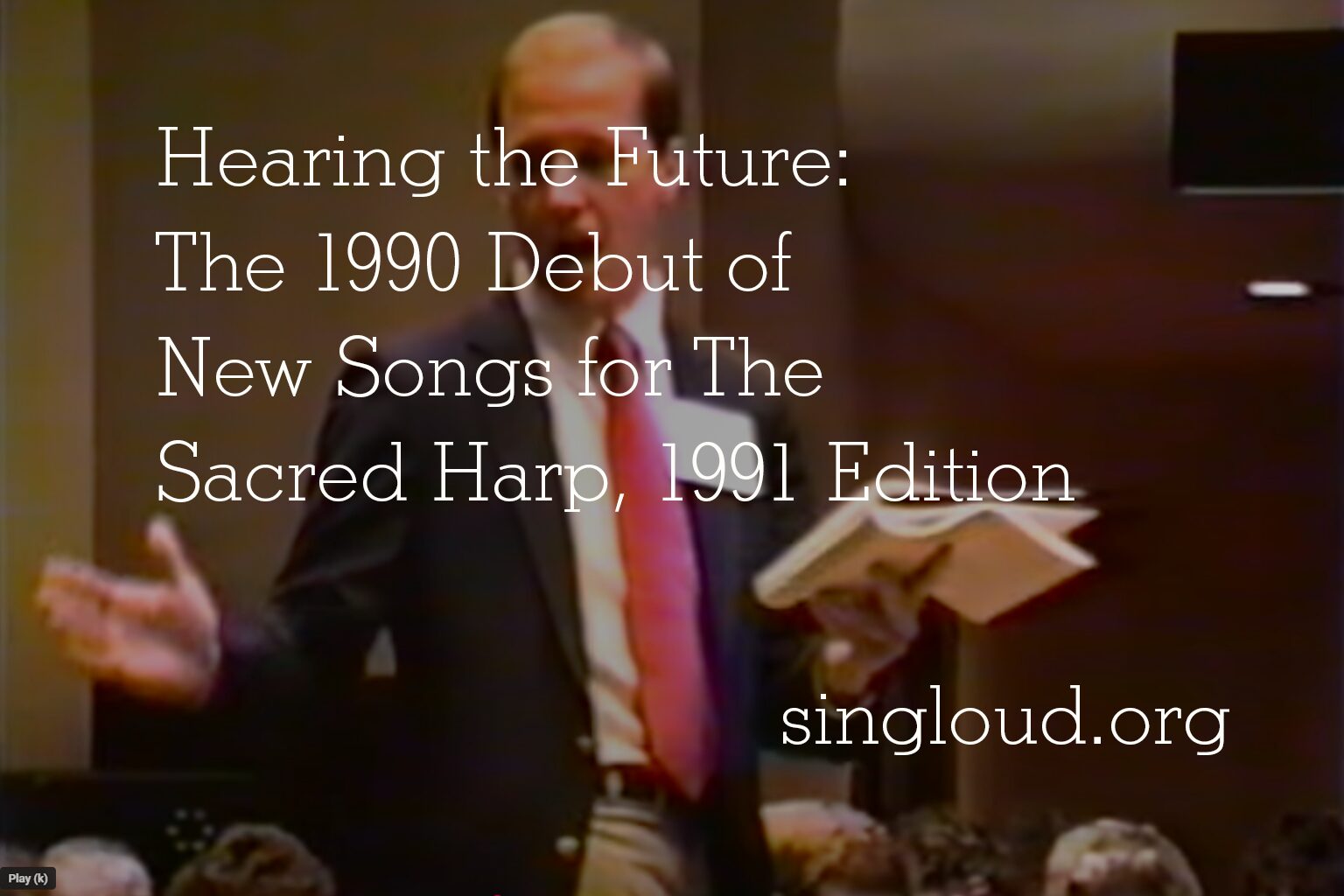In December 1990, a group of Sacred Harp stalwarts gathered at Samford University in Birmingham, Alabama, to test‑sing a packet of new compositions destined for inclusion in what would become The Sacred Harp: 1991 Edition. Chaired by Hugh McGraw and joined by respected composers such as Neely Bruce, Terry Wootten, and David Ivey, the revision committee strove to balance tradition with innovation. Raymond Hamrick later recalled that the committee took pains to remove composers’ names from the trial manuscripts to avoid bias, excluded gospel‑style pieces, and deliberately sought contributions from northern and western singers to reflect the rapid spread of Sacred Harp singing beyond its southern base. The session recorded here shows each composer leading their own and others’ tunes in a large class, offering a rare window into the deliberative process that shaped the book.
The resulting 1991 Edition would become the most widely used iteration of The Sacred Harp. It superseded the 1935 Denson revision, adding sixty‑two songs—including late‑18th‑ and 19th‑century classics and new compositions by living singers—while cutting forty‑six rarely sung pieces, retypesetting all 554 tunes for legibility, and updating the rudiments and song sources. The committee’s goal was to “maintain the musical integrity of the book”, and the event captured in these videos lets us hear how they weighed old and new. This is not merely a historic curiosity; it is a chance to witness the energy, balance and respect for tradition that guided a major revision. Enjoy these recordings—complete with restored audio from the Sacred Harp Museum—and hear how “St. Thomas,” “Babylon Is Fallen,” “Immensity,” “Heavenly Land,” and other tunes sounded when they were first presented to the singing public.


Leave a Reply